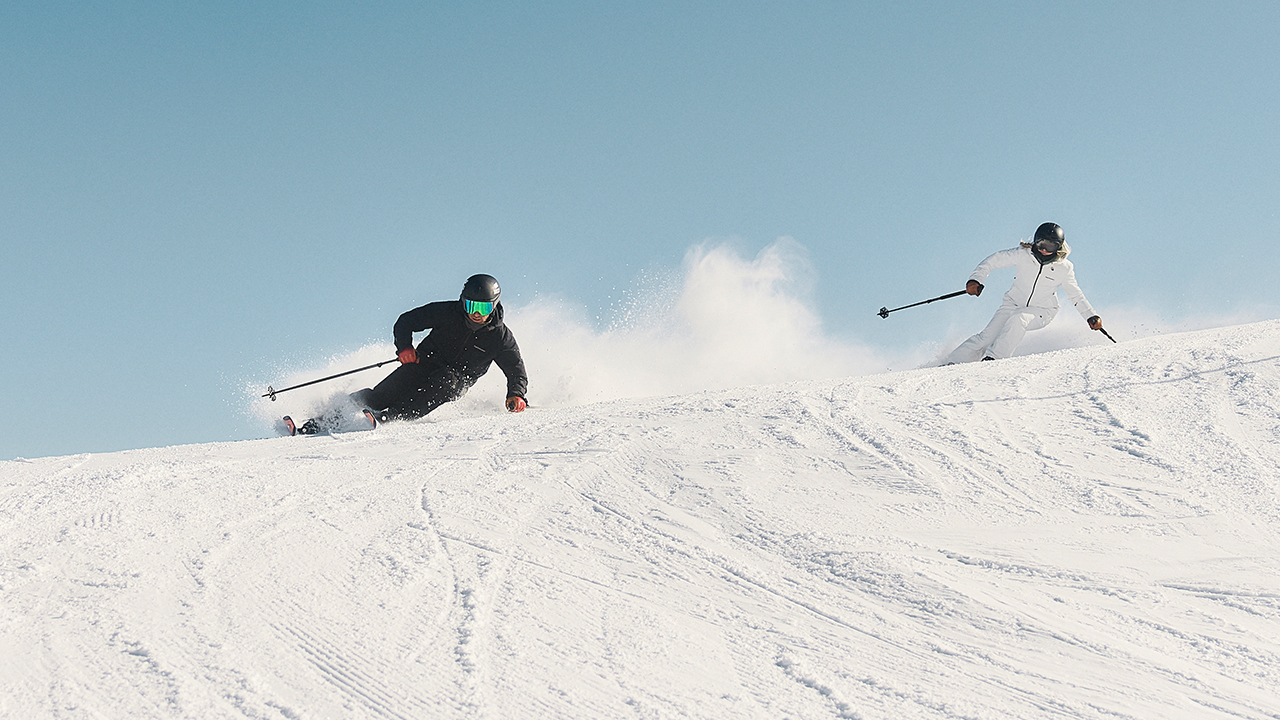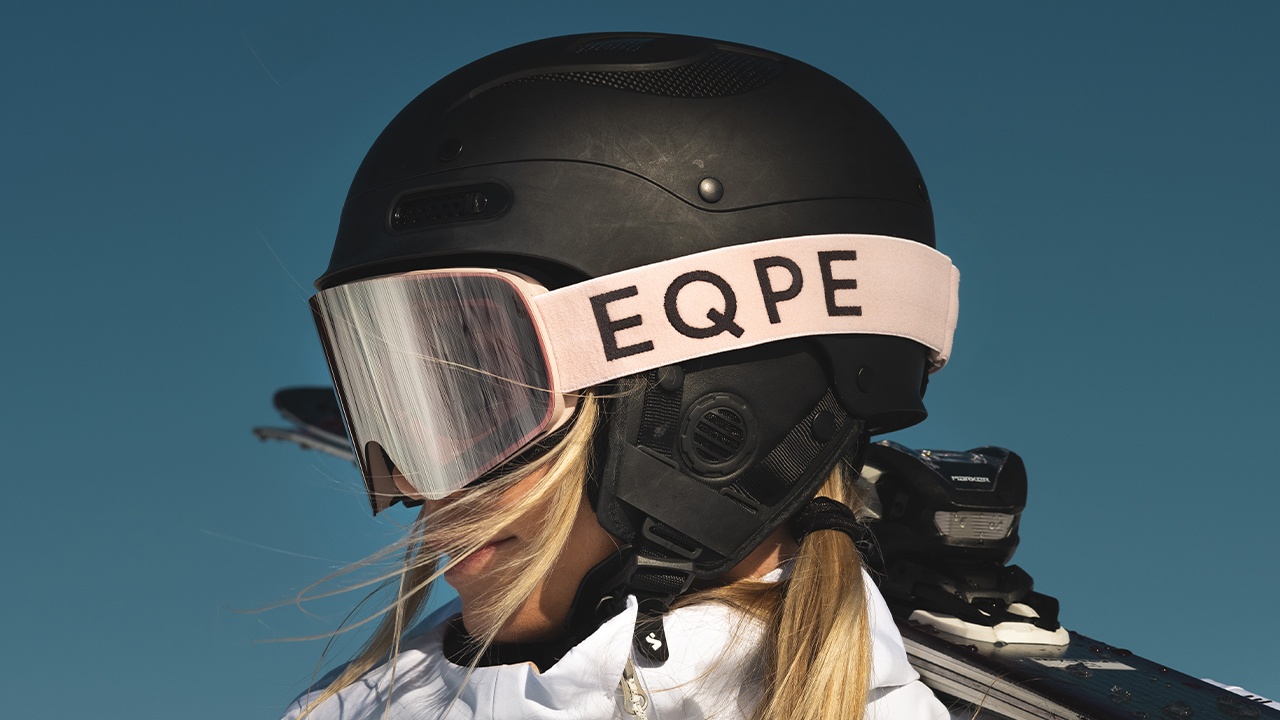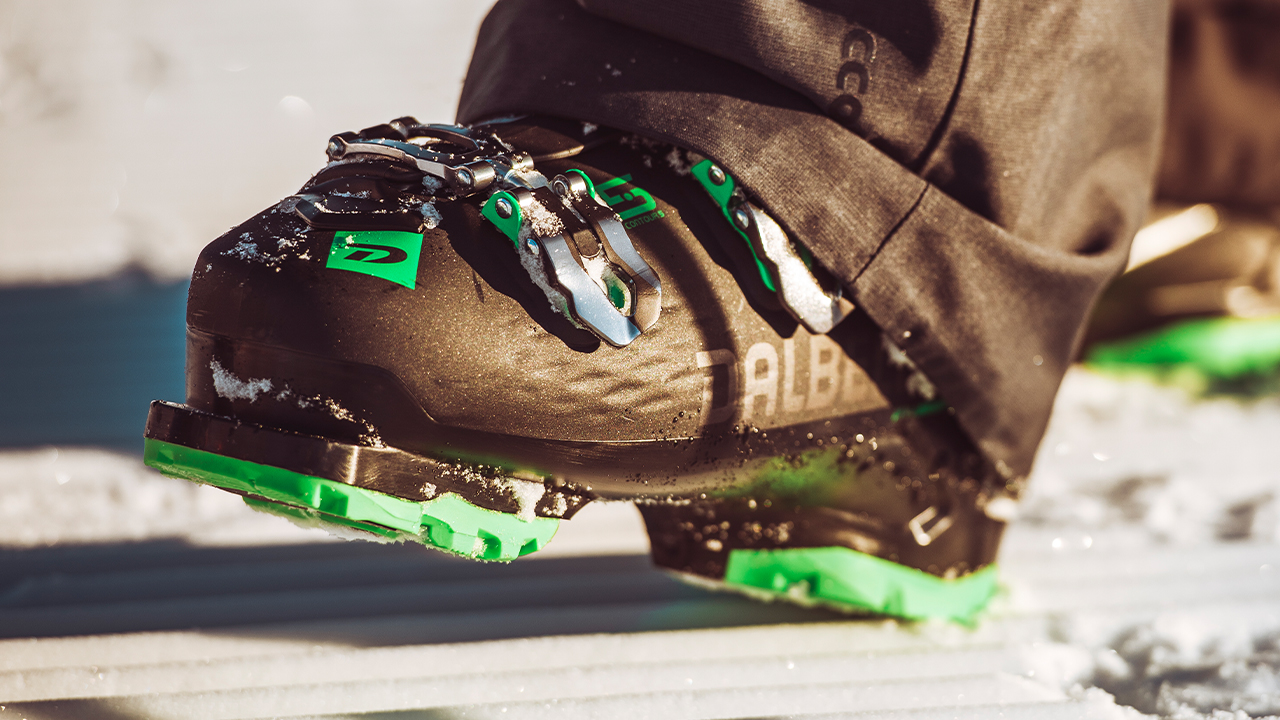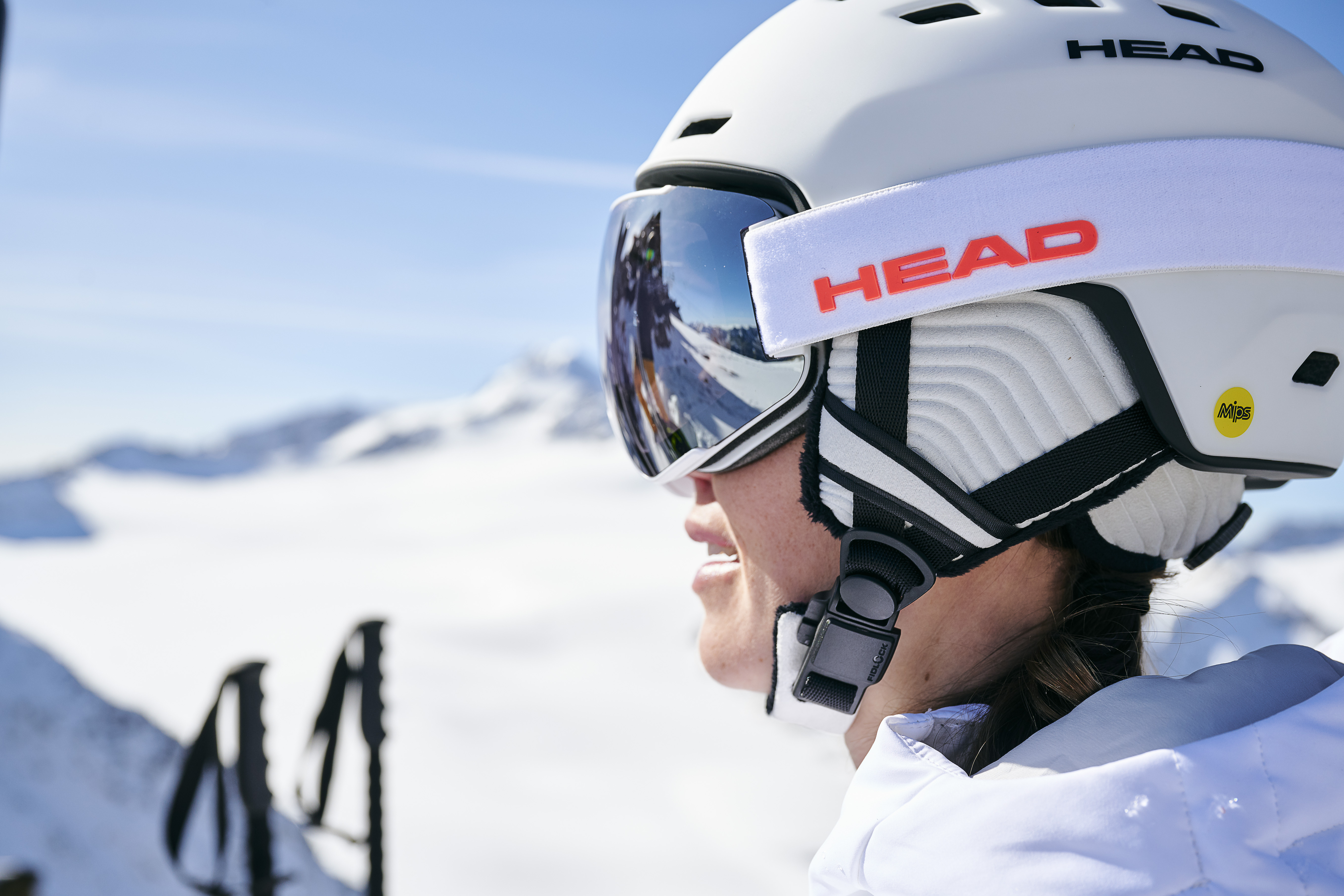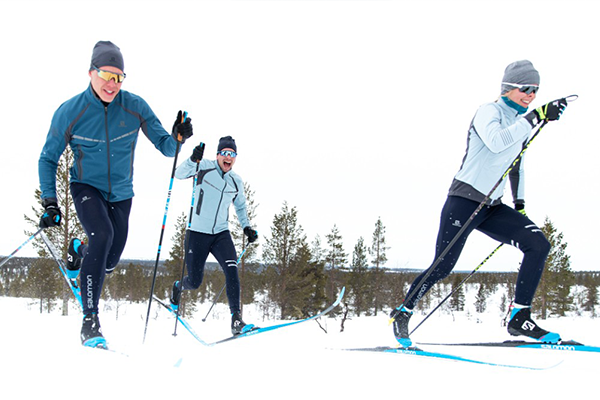We'll guide you through skistarshop.com's selection of running shoes to help you find the shoe that's right for you and your running form.
Surface
A shoe for running on asphalt differs in a number of ways from a shoe designed for running on trails or in the woods. Therefore, the first thing you have to decide is whether you're looking for a shoe for asphalt or trail running.
Asphalt
Running on asphalt is quite strenuous for the feet and legs, especially for inexperienced runners and those who are carrying a little more weight. That's why shoes designed for running on asphalt set themselves high demands when it comes to shock absorption, especially in the heel.
You can tell a running shoe for hard and flat surfaces by the bigger difference in level between the heel and toe, known as the drop.
When running on asphalt, the same motion is repeated over and over again because the surface is flat and looks pretty much the same throughout the run. Therefore, shoes for this kind of running often provide support for pronation or supination.
Trails
Because the surface of trails is generally softer than asphalt, shoes designed for off-road running set lower demands of themselves when it comes to shock absorption, for which reason trail shoes have a lower drop. Instead, the focus here is more on stability, low wet weight and good grip underfoot.
You can tell a trail shoe by the rougher texture of the sole, which sometimes features metal studs. Trail shoes almost always feature a thin upper section made of a material that does not absorb moisture. This is to reduce what is known as the wet weight.
Drop - the level difference from toe to heel
When discussing running shoes, the drop is often mentioned, but what does it really mean? A shoe's drop indicates how big the difference in level is between the heel and the toe. The drop is specified in millimetres and is a measurement that makes it easier to determine what a shoe is designed for.
A shoe with a difference in level of 6-8 millimetres is regarded as a "high shoe" and as such is a well-cushioned shoe meant for running over long distances on asphalt. A shoe with a high drop can feel very unstable on uneven surfaces and the risk of injury increases.
A shoe with a smaller drop, around 4 millimetres, has less shock absorption and gives a more stable running style on uneven surfaces.
Size and fit
Whether you choose a shoe for asphalt or trail running, it is of the utmost importance that it sits nicely on the foot while running. The shoe should be snug at the heel so that it does not move around, which may cause blisters. At the toe, you should have between 0.5 and 1 centimetre of space when you test them. This is to allow for the fact that your feet swell up and get bigger when they get hot.
And don't forget your socks!
Now you have a pair of running shoes that sit right on the foot. They let out excess heat and moisture and cushion against shocks. Clearly, you need to make sure that the socks you have on your feet back up these features.
